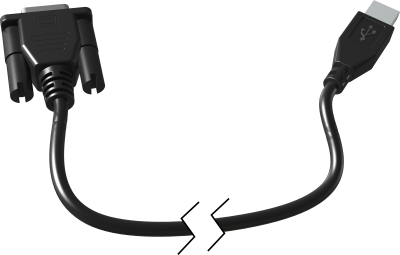
We could just insist you only plug one mill in at a time but how boring is that when you can run multiple mills simultaneously in different windows? If you only have one mill definition file, it knows where to go. If definition files include pet names for the mills the choice won't be gobble-de-gook. If we have more than one mill connected then we should have more than one mill definition file. Windows likes text files and they are dead easy to update with NotePad. The mill controller responds to ENQ with a filename, if that name exists on disk we have found a mill and we have a text file that defines it. Now the mill is USB it can be anywhere on the list, we can't insist on COM1: it could be COM17: for all we know. ENQ is kind of safe to send to any serial device. We can ask Windows for a list of available serial ports then send an ASCII ENQuiry character to each in turn and see what comes back. The latter is a lot more friendly so best to go with that so as not to frighten people off writing controllers. USB devices can be either Hand Held or serial. We can draw the tool paths on the screen and have lots of neat buttons but how to find the mill? I am quite happy to offer mine as a start point, but I doubt many would agree with it or even join inįirstly we don't know which serial port holds the USB to serial adaptor with a mill on the end of it so the software has to find it. Maybe we should start a M圜NC thread and hammer out a protocol that covers all the bases and define our own standard so anyone can make the harware. All the big machine makers have their own protocols and use Ethernet. I don't know of any convenient standard protocol for sending the data and interrogating the mill.

I have a basic system that works and it is totally convenient to take a Win 7 laptop to the machine, plug in a USB and start cuttting but I would never describe it as commercial. If it takes a whole second to sort the mess out you would never notice because the machine is paused, but it ain't easy to make it bullet proof :naughty: It's not too bad, you start with a bit of panic braking and after that you have all the time in the world to sort out how you are going to get back up to speed. I didn't find the big snag until I added a pause button. When I started writing the code to do it everything seemed straight forwards. I am trying to get away from Windows timing problems.īoth my milling machines run on USB.


 0 kommentar(er)
0 kommentar(er)
